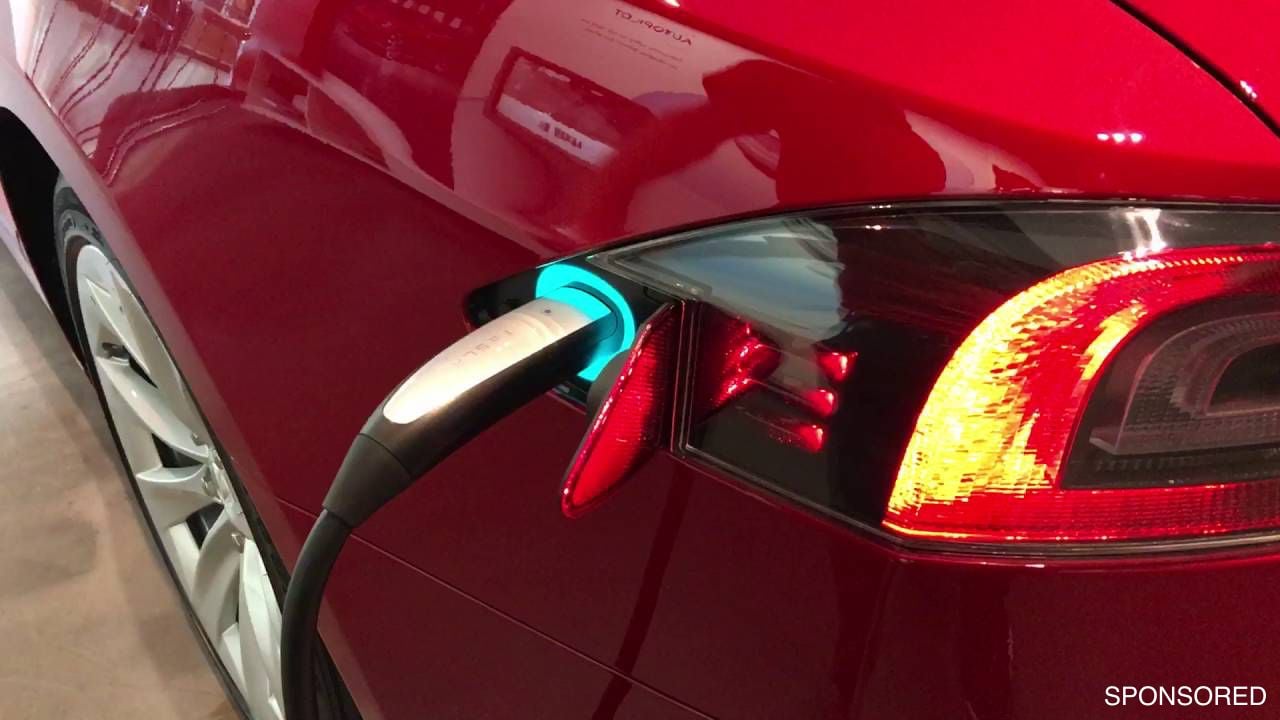Yes, I've seen several threads talking about. The model names you can use to search would be "DCC-9" or "DCC-10". I'll include some links to threads about them below. The thing is, they are only necessary when people are REALLY tight on amp capacity in their system, and the charging circuit makes up a very large % of their residence's entire main electrical service. So things like a little condo with a 60A service, and they are having to actively manage a 20 or 30 amp circuit so it doesn't go too high when their oven or air conditioner would add up to trip the main breaker. Since you are having to do a new build, I think you would be using a large enough electric service that this wouldn't be necessary. It sounds like the electrician is trying to sell you something extra you don't need.
I am currently trying to install a NEMA 14-50 outlet or possibly a Tesla Wall Connector. However, my sub panel is pretty full and cannot accommodate a NEMA 14-50 outlet. The electrician is recommending installing a DCC-10 EV Energy Management System between the sub panel and the NEMA 14-50...

teslamotorsclub.com
EDITOR’S NOTE: This is a sponsored post from EV charging installation specialist DCC. Home charging has many difficulties when it comes to installation in multi-residential homes, but solutions have emerged for the most common issues. Condo charging installations generally get blocked by two...

teslamotorsclub.com
Recommended using an LMC "Load Management Controller" to work with the charger when the existing service will be overloaded. Any comments on LMC (Load Management Controller). Apparently used with multiple EVs, but what about a single residential EV? I have seen several threads on this type...

teslamotorsclub.com
Helpful, thanks. Is there a specific version of the DCC I should get? I know there is one for 40A, 50A and 60A. And just to put a finer point on your explanation - if I'm using 40A, even though that's less that 80% (48A) of 60A, the DCC will know not to power the charger? Is that because the...

teslamotorsclub.com
Hello, My friend installed the DCC-10 Box with the Nema 14-50 outlet without a neutral wire. He said since only the EV Mobile charger will be plugged into the outlet and nothing else (which the DCC-10 company recommends), a neutral wire is not needed. The Mobile charger is working fine with the...

teslamotorsclub.com




